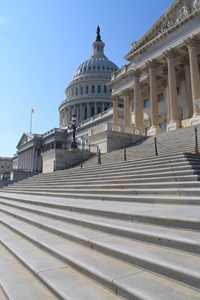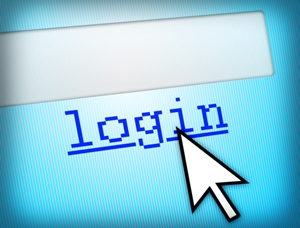
In a world that's ever increasingly going paper free – replaced by the electronic form of documentation – virtually every industry has jumped aboard the paperless bandwagon. And while some people still prefer the tangible form of correspondence, a strong majority of today's workers prefer to peruse and sign up for employee benefits online rather than by pad and pen, according to a newly released poll.
When respondents were asked whether they would rather enroll for coverage benefits through their workplace via the Internet or through the traditional method, approximately 70 percent chose the former, based on a recent survey conducted by worldwide research and development organization LIMRA.
The survey, which was conducted late last year, provides the backdrop for an upcoming gathering, hosted by LIMRA at the Omni Charlotte Hotel on March 2. Titled the 2016 Enrollment Technology Strategy Seminar, the discussion will center on today's latest enrollment technology and how it has worked for business owners.
Inah Chambers, client relationship director at LIMRA, said that even though online enrollment has been around for a while now, it hasn't always been easy for businesses to implement.
"Getting employees to participate in employee-paid non-medical benefits has always been a challenge," Chambers explained. "But Web-based technology is offering a good alternative to one-on-one employee meetings, which fewer and fewer employers allow. Our meeting will show what technology and tools companies can use to improve their results."
Perhaps the best example of how far online enrollments have come was evidenced during the initial rollout of the Affordable Care Act, when consumers were directed to HealthCare.gov, the Web-based insurance marketplace, maintained by the U.S. government, that allows individuals to shop for coverage among participating providers. Due to heavy volume from individuals seeking a health plan, however, the website experienced numerous glitches that left enrollees frustrated and confused.
Navigability at HealthCare.gov greatly improved
Several years later, most of the kinks at HealthCare.gov have been ironed out, providing consumers with a more seamless way of shopping for health plans all in one place. The improvements have led to a greater percentage of Americans approving of how the government is handling health care, with 43 percent saying they're satisfied. That's up from 29 percent in 2013, based on survey analysis performed by Gallup.
However, in light of more businesses taking a bite out of the online enrollment apple, it's muddied up the waters in some channels, Chambers noted.
"Workplace benefits carriers are struggling with managing the numerous enrollment technology firm partnerships," Chambers said. "This conference provides an opportunity for participants to connect with peers and technology purveyors to learn, network and share innovative ideas to help identify potential solutions to achieve better enrollment outcomes."
The two-day seminar will consist of several formal presentations, workshops and forums, each between 60 and 90 minutes long. Financial services executives and professionals are encouraged to attend.
42 percent of sign-ups new to federal marketplace website
HealthCare.gov has received positive reviews from consumers and electronic gurus alike since its flawed rollout, as have several of the state-based online insurance exchanges. When the most recent open enrollment period concluded, nearly 13 million people selected plans through the federal marketplace or the one operated by their state, the U.S. Department of Health and Human Services announced recently. Additionally, of the 9.6 million HealthCare.gov enrollees, 42 percent were new to the website.
"Signing up 12.7 million people is an incredible undertaking, especially considering the progress we've made to bring down the number of uninsured in years past," said Sylvia Burwell, HHS secretary.
She added that marketplace insurance is something more Americans want and need, evidenced by the millions of people who signed up over the past few months.





